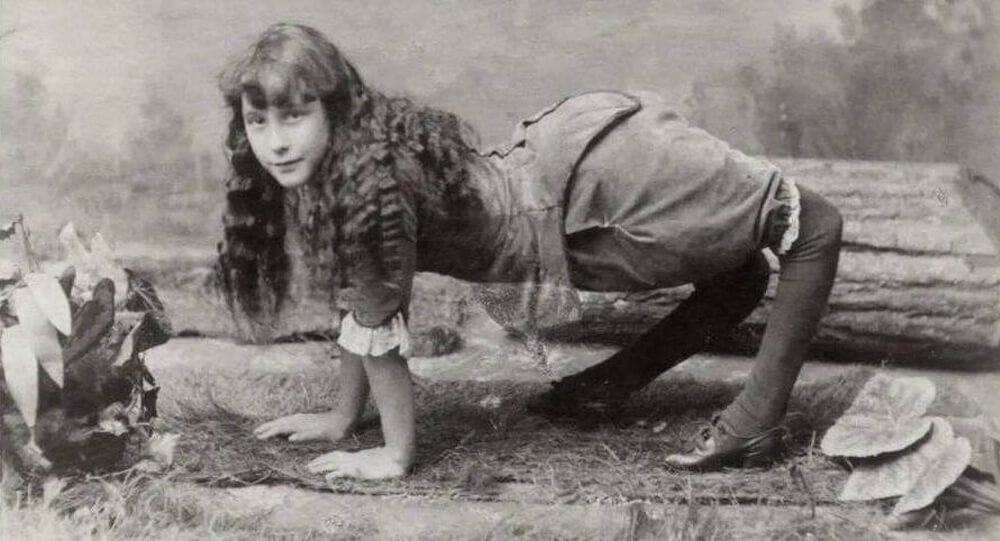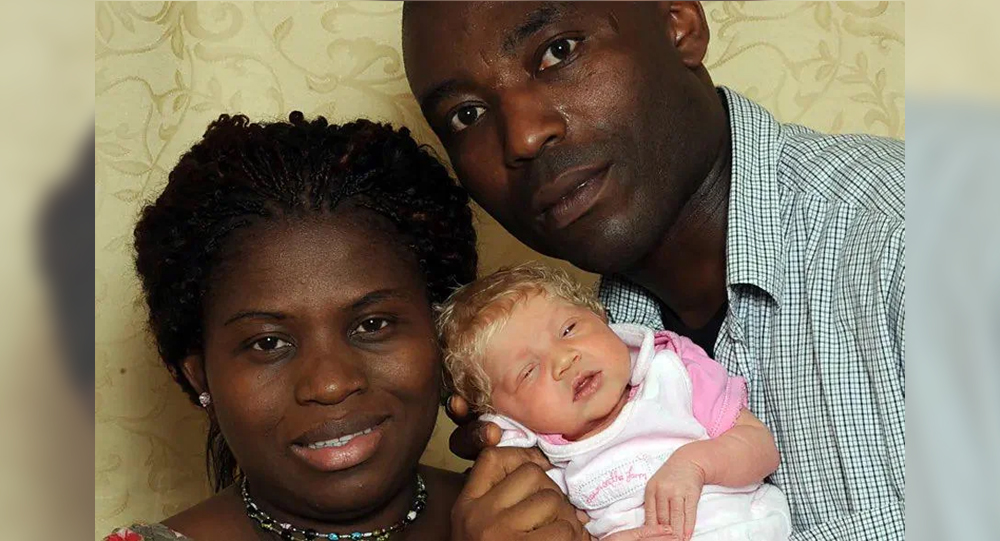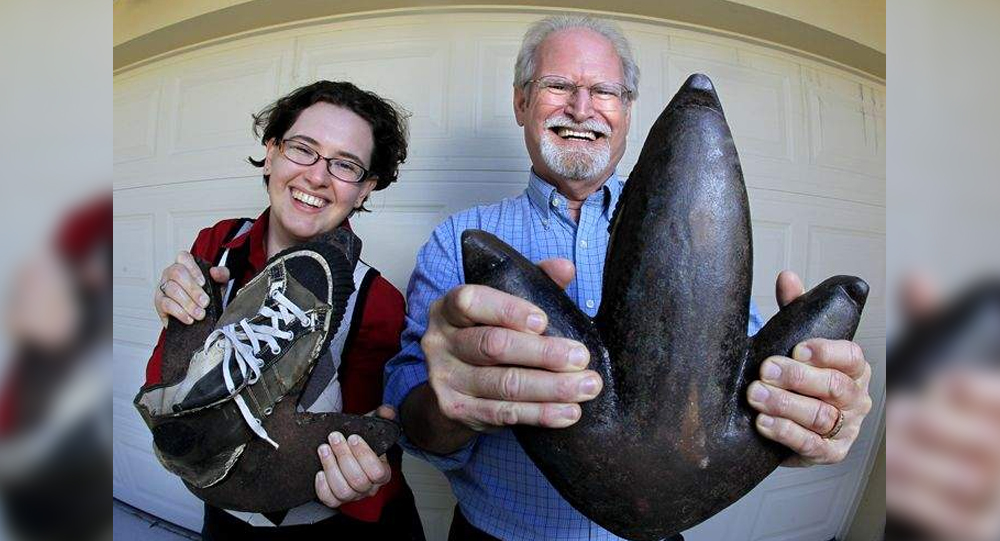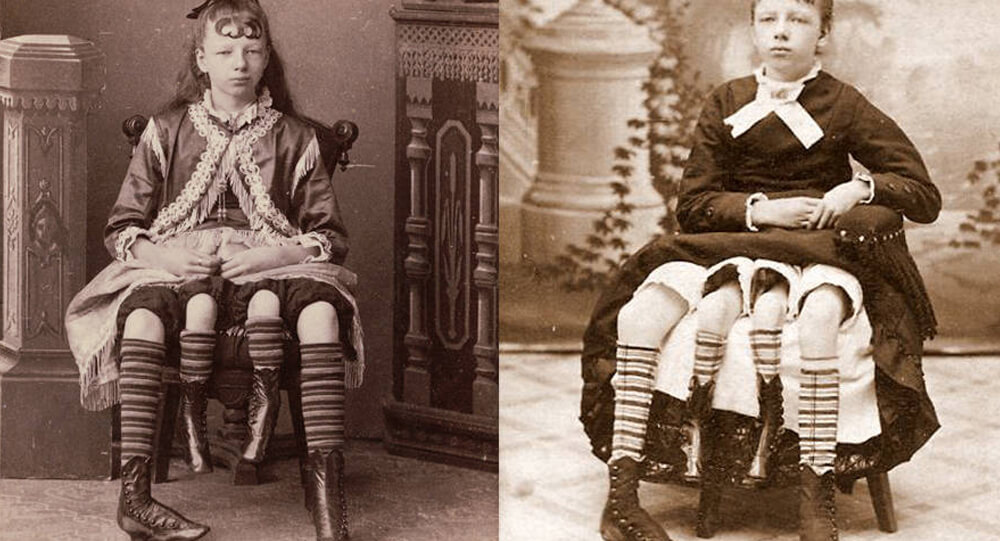
Born in Salt Lake City, Utah in 1951, Kim Peek entered the world with significant neurological differences. His head was abnormally large, and he faced developmental delays—he didn’t walk until he was four years old, and even then with an unusual sideways gait. He had trouble with simple motor skills such as buttoning shirts and struggled with self-care tasks.
Despite these challenges, Peek exhibited remarkable abilities from a very young age. Before he was two, he began memorizing texts verbatim and showed an incredible facility for recalling vast amounts of information. His parents quickly realized that while he needed support for daily living, his mind operated on a profoundly different level.
The Uncanny Ability to Read Two Pages at Once
One of Peek’s most astonishing talents was his ability to read two pages simultaneously—scanning the left page with his left eye and the right page with his right eye. This split-screen reading technique allowed him to process information at an extraordinary speed.
Using this method, he could read and remember an entire book in about an hour—an ability that defies standard human cognitive limits. He retained virtually every detail, from the text itself to charts, numbers, and complex information, like dates, sports statistics, and historical facts.
Peek’s memory extended beyond verbal information. He could recall every street, place, and distance on maps, and effortlessly connected data from different domains such as literature, history, and music.
Megasavant Syndrome
Kim Peek’s condition is referred to as savant syndrome, where extraordinary abilities coexist with developmental disabilities. Peek was considered a “megasavant,” meaning his skills spanned multiple disciplines rather than being restricted to one specialty like many other savants.
He excelled in languages, history, music, and calendar calculations—he could tell you the day of the week any person was born or significant events occurred, down to the very detail many people overlook. Despite exceptional talents, his IQ averaged at about 87, showing that traditional cognitive assessments did not capture the full extent of his abilities.
Peek also experienced difficulties with social cues and abstract thinking, a contrast that highlighted the complexities of human brain function.
The Meeting That Made Him Famous: The Inspiration for Rain Man
In 1984, screenwriter Barry Morrow met Kim Peek in Texas. Fascinated by Peek’s extraordinary talents and unique personality, Morrow decided to create a film inspired by him. The result was Rain Man, released in 1988, starring Dustin Hoffman as Raymond Babbitt, a character inspired by Peek but distinct in diagnosis and traits.
Hoffman spent time with Peek to portray the character authentically, noting Peek’s calm demeanor and brilliance. When Hoffman and Peek met, Hoffman famously said, “I may be the star of the movie, but you are the heavens that inspired it.”
The film won four Academy Awards and brought attention to savant syndrome and autism spectrum conditions, although Peek himself was eventually thought to have FG syndrome—a different developmental disorder.
Life After Fame
After Rain Man, Kim Peek became a respected figure in educating the public about savant syndrome and disabilities. He toured extensively with his father Fran, sharing his talents and encouraging tolerance and understanding.
Peek demonstrated his incredible memory through public appearances, stunning audiences with calendar calculations, trivia, music knowledge, and literary recall. He was featured in documentaries and scientific studies, including work by NASA observing the effects of space travel on the brain.
Peek’s legacy continues to inspire scientists, artists, educators, and families around the world, pushing for broader recognition of cognitive diversity and potential.
Fascinating Trivia About Kim Peek
- Kim Peek memorized the contents of nearly 12,000 books, including the entire Bible.
- He could tell you on which day of the week any date from centuries past occurred, and even the headline news around that date.
- Despite his gifts, Peek struggled with motor skills like dressing and shaving due to brain abnormalities involving the cerebellum.
- He was dubbed a “megasavant” because his abilities spanned 15 different fields.
- Peek’s brain lacked a corpus callosum, the bridge between brain hemispheres, which may underlie his unique processing abilities.
- Peek’s father discovered his talents fully only after noticing how flawlessly he could recall detailed information, including predicting the splashdown location of the Skylab space station.
- Peek received an honorary Oscar statuette from Barry Morrow, which he carried with pride and shared on his tours.
- Peek’s memory skills defy typical IQ assessments, showing that intelligence is multi-dimensional.
Understanding the Science Behind Peek’s Talent
Kim Peek’s astounding abilities have intrigued neuroscientists investigating how the brain processes and stores information. His lack of a corpus callosum—a thick band of nerve fibers connecting the brain’s hemispheres—meant his two hemispheres worked more independently than usual.
This unusual brain wiring may have contributed to enhanced memory and the ability to recall vast amounts of detail. Additionally, Peek’s brain showed compensations in other regions, possibly increasing his capacity to absorb and store information visually and verbally.
His case challenges conventional views of intelligence and cognition, highlighting the brain’s plasticity and the diverse ways human minds can function.
Celebrating a Unique Mind
Kim Peek’s story is one of remarkable human diversity, showcasing how abilities and challenges can coexist in extraordinary ways. His life inspired a beloved film, educated millions, and broadened our understanding of cognition.
His ability to memorize thousands of books, read two pages at once, and recall seemingly infinite facts invites us to reconsider what the human mind is capable of when nurtured and understood.
Sharing this story honors Kim Peek’s legacy and encourages appreciation for all forms of intelligence and talent, reminding us of the power of perseverance, love, and curiosity.
Sources & Further Reading:
- Wikipedia: Kim Peek (2004)
- NPR: Man Who Inspired Rain Man Dies at 58 (2009)
- Applied Behavior Analysis Edu: 5 Mind-Blowing Things Kim Peek Could Do (2022)
- Psychology Today: Kim Peek, the Real Rain Man (2012)
- The Autism Therapist: Get to Know the Real Rain Man (2025)

The “Walking” Palm, tree species can walk up to 65 feet each
This tree species can walk up to 65 feet each year to find the best habitat to live in.

[solved] “macaroni mystery”, 500 pounds of pasta dumped in new jersey
In April 2023, Old Bridge, New Jersey, faced a peculiar 'Macaroni Mystery' when 500 pounds of pasta were mysteriously dumped in the woods.

The Heartbreaking Story Of Ella Harper, The ‘Camel Girl’
Ella Harper, Professionally known as the “Camel Girl” was born with a rare orthopedic condition that cased her knee to bend backward. Due to this condition, had to walked on all four legs, which resulted in her nickname as “Camel Girl”. Tough it was hard at first, but soon she made a fortune out of it.

Preserving Bodies in a Deep Freeze Await Revival
There are currently hundreds of deceased people in the U.S., including baseball legend Ted Williams, whose bodies are frozen in liquid nitrogen in hopes that future technology will be able to revive them.

Story of Peng Shuilin: Man with only half a body
We have a habit of whining in our daily lives. We never seem to be pleased with the things we have in life. "I want to be skinny," fat people say, "I want to be fat," slim people say. Poor people aspire to be wealthy, and wealthy people are never satisfied with their status. Everywhere we go, we're whining. Can you image how a man would want to live if he didn't have any legs or bums at all?

Domestic Flight Delay Caused by Live Snake on Board Leaves Passengers in Shock
A domestic flight was unexpectedly delayed for nearly two hours after a snake was discovered slithering inside the plane’s cargo hold. Thanks to the swift efforts of a professional snake catcher and airline staff, the reptile was safely removed without any harm to passengers, turning a potentially alarming situation into a story of caution and calm.

The Miracle Baby: Nigerian Couple in the UK Welcomes a Rare Blonde, Blue-Eyed Child
A black, Nigerian couple living in the U.K. gave birth to a white, blonde, blue-eyed baby that they call the "miracle baby."

Atomic Tourism: In the 1950s, nuclear tests in Las Vegas served as a draw for tourists
Between 1950 and 1960, Las Vegas offered “Atomic Tourism” in which guests could watch atomic bombs being tested in the desert as a form of entertainment.

Recipient of suicide victim's heart kills himself 12 years later
In 1995, Sonny Graham received a transplanted heart from a suicide victim. He then committed suicide in the very same manner as the donor.

Chocolate Rain in Switzerland: How a Factory Malfunction Turned Olten Into a Sweet Spectacle
In 2020, chocolate 'rained' from the sky in a town in Switzerland. This incident was caused by a ventilation system malfunction at a chocolate factory in Olten. Strong winds then carried the snow-like cocoa powder and spread it around in the immediate vicinity of the factory, covering cars and other things in chocolate.

Upside-Down Fig Tree From The Roof Of An Ancient Ruin in Italy
There is an upside-down fig tree in Bacoli, Italy. No one is quite sure how the fig tree ended up there or how it survived, but year after year, it continues to grow downwards and bear figs.

The mysterious Pumpkin impaled on the top of Tower
Twenty Three years ago, somebody impaled a 60-pound pumpkin 170 off the ground on this spire at Cornell University. Nobody knows who did this or how they did it.

How a Man Fooled Florida with Fake Penguin Tracks for 10 Years
In 1948, Florida’s Clearwater Beach was the stage for one of the longest-running and most peculiar hoaxes in American folklore. Giant three-toed footprints appeared mysteriously in the sand, sparking rumor and fascination about a 15-foot-tall penguin roaming the shores. For a decade, locals and visitors alike speculated and scanned for the elusive creature, never realizing the truth: these tracks were made by a man wearing 30-pound lead shoes designed to imitate an enormous penguin's footprint. This article uncovers the details of this elaborate prank and its lasting legacy in Florida’s cryptic history.

Mystery SOLVED: blood Rain in India
The dissemination of spores of microalgae has been identified as the origin of the 'Blood Rain' phenomena, according to a new study by Indian and Austrian experts. Since 1896, reports of intermittent red-colored rain in portions of Kerala and Sri Lanka have been coming in. The most recent one occurred in 2013 over Kerala.

The Mystery of Canada's Magical Spotted Lake
Lake Khiluk, the world's most mineralized lake, and one of the most mysterious places on Earth. Each of these spots has a distinct chemical content and is said to cure various diseases.

Poland's Krzywy: The Mysteries of the Crooked trees
In Poland, there is a forest with 400 crooked trees that have a 90-degree bend at the base of their trunks. Despite of numerous possibilities, the real reason and how it evolved remain a mystery.

the world from someone predicting 2000 from a guy in 1910
Villemard, a French artist, illustrated how he imagined the future would be in the year 2000 in 1910.

Frank Lentini, The Three-Legged Sideshow Performer
Francesco Lentini was a man with three legs, four feet, sixteen toes, and two sets of functional male genitals. He worked for the circus and lived to be 78 years old.

Why This Belgian Bar Makes You Trade Your Shoe for a Beer
To prevent tourists from stealing their beer glasses, some bars in Belgium require people to hand over one of their shoes as a deposit which is then put in a basket and hung from the ceiling. These shoe baskets have also become an attraction.

This Thai Wedding Tradition Happens 40 Feet Underwater
Each year in Trang, Thailand, dozens of couples participate in an underwater wedding ceremony while scuba diving in full gear. The ritual symbolizes deep love and has become a quirky tourist attraction held around Valentine’s Day.

Japan’s Chicken-Flavored Ice Cream: The Bold Fusion of Sweet Vanilla and Real Grilled Chicken
A Japanese company once created chicken-flavored ice cream using real grilled chicken bits mixed into vanilla. It combined sweet and savory in a way few dared try, but it drew curiosity from foodies seeking extreme culinary experiences.

The Real-Life Sleeping Beauty: A Girl with Hypersomnia Syndrome
An Indonesian 17-year old teenager Siti Raisa Miranda or Echa, has a rare medical condition formally called Kleine-Levin syndrome (KLS) where she can sleep for days and weeks without being woken up. Echa was only 13 when she first slept for a week. She’s now 17, and her parents still need to feed her and change her clothes when she experiences the deep levels of grogginess.

Nevada’s Fly Geyser Is A Surreal Wonder That Looks Like Its On Another Planet
In 1964, an energy company accidentally created Nevada’s Fly Geyser after drilling into a geothermal pocket. Since then, the geyser has been releasing algae-filled scalding water five feet in the air, depositing minerals and forming a cone that sports vibrant hues of green and red.

A man who has been suffering from headaches for nearly six months discovers chopsticks lodged in his brain
When it was discovered that a Vietnamese man with headaches and vision problems had chopsticks lodged in his brain, the doctors were almost as surprised as the man himself.

The true story of Josephine Myrtle Corbin, the lady born with four legs and two private parts
Josephine Myrtle Corbin, an American sideshow performer born in 1868, had a rare condition known as dipygus, which caused her to have four legs, each smaller inner leg paired with one of her outer legs. Corbin joined the sideshow circuit, captivating audiences as the "Four-Legged Girl from Texas."


![[solved] “macaroni mystery”, 500 pounds of pasta dumped in new jersey](https://weeklyrecess.com/wp-content/uploads/2024/05/Macaroni-Mystery-cover.jpg)























